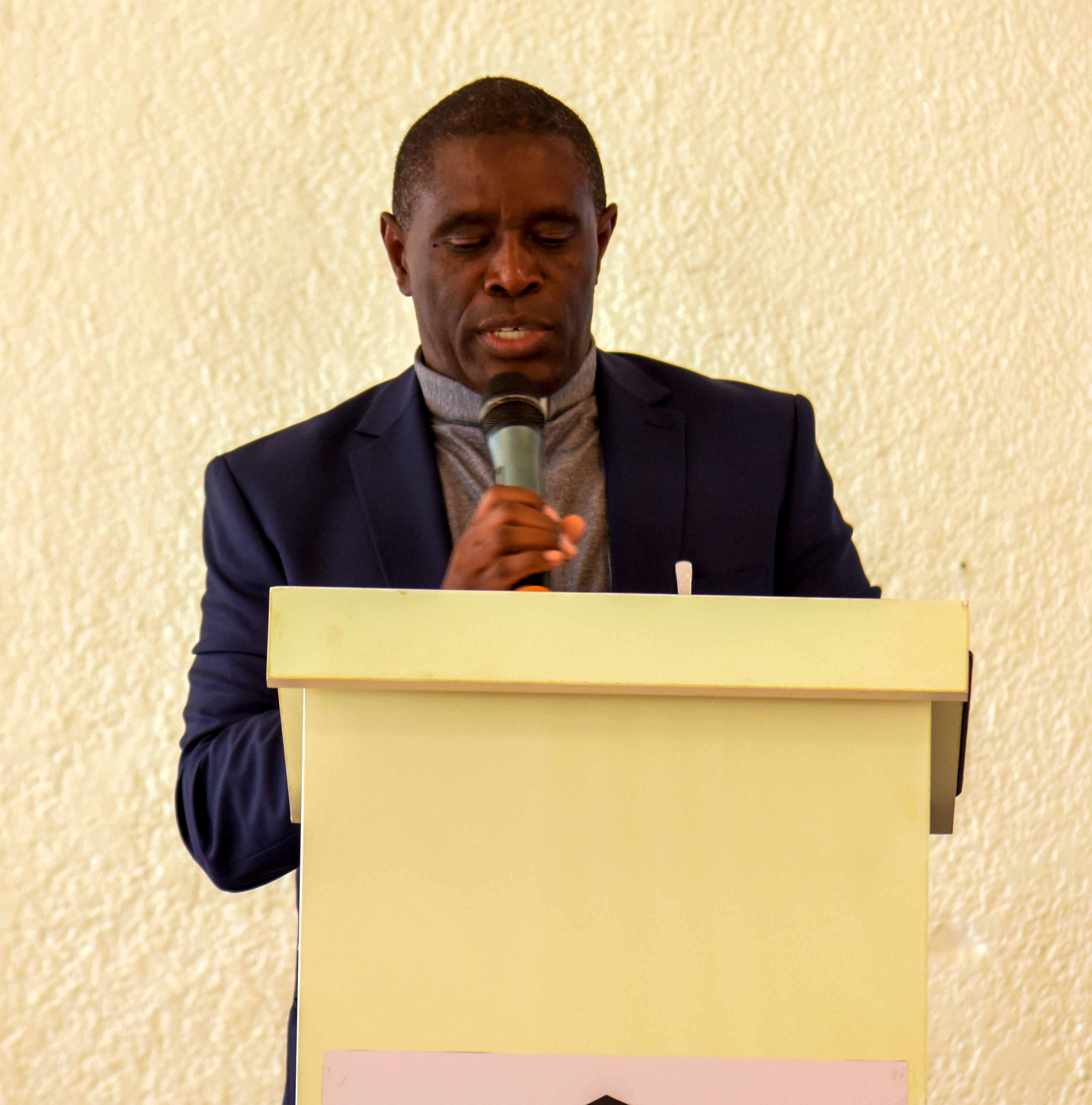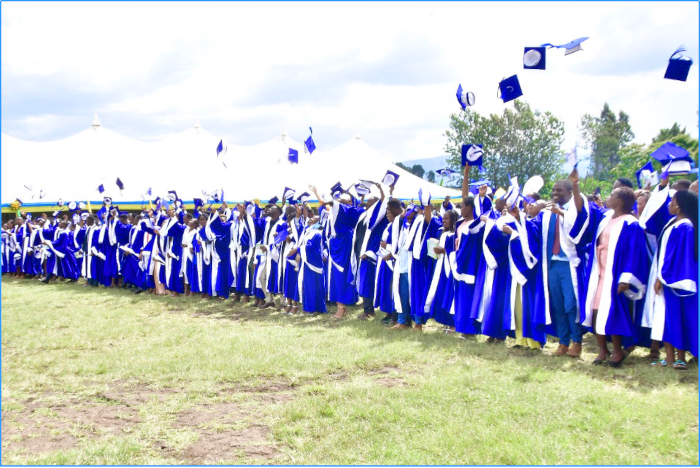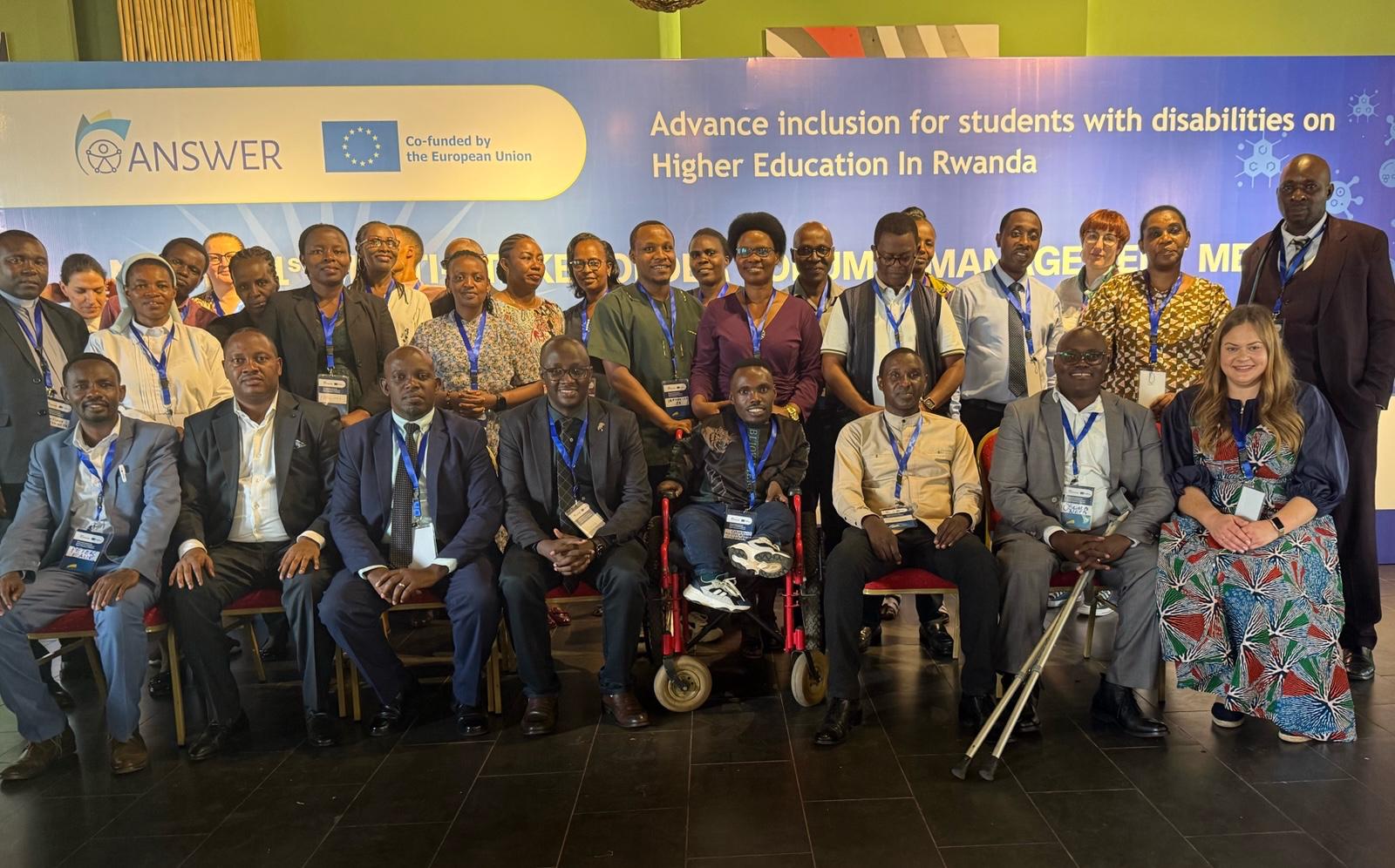INES-Ruhengeri RPF Inkotanyi Members Visit Genocide Memorial at Court of Appeal
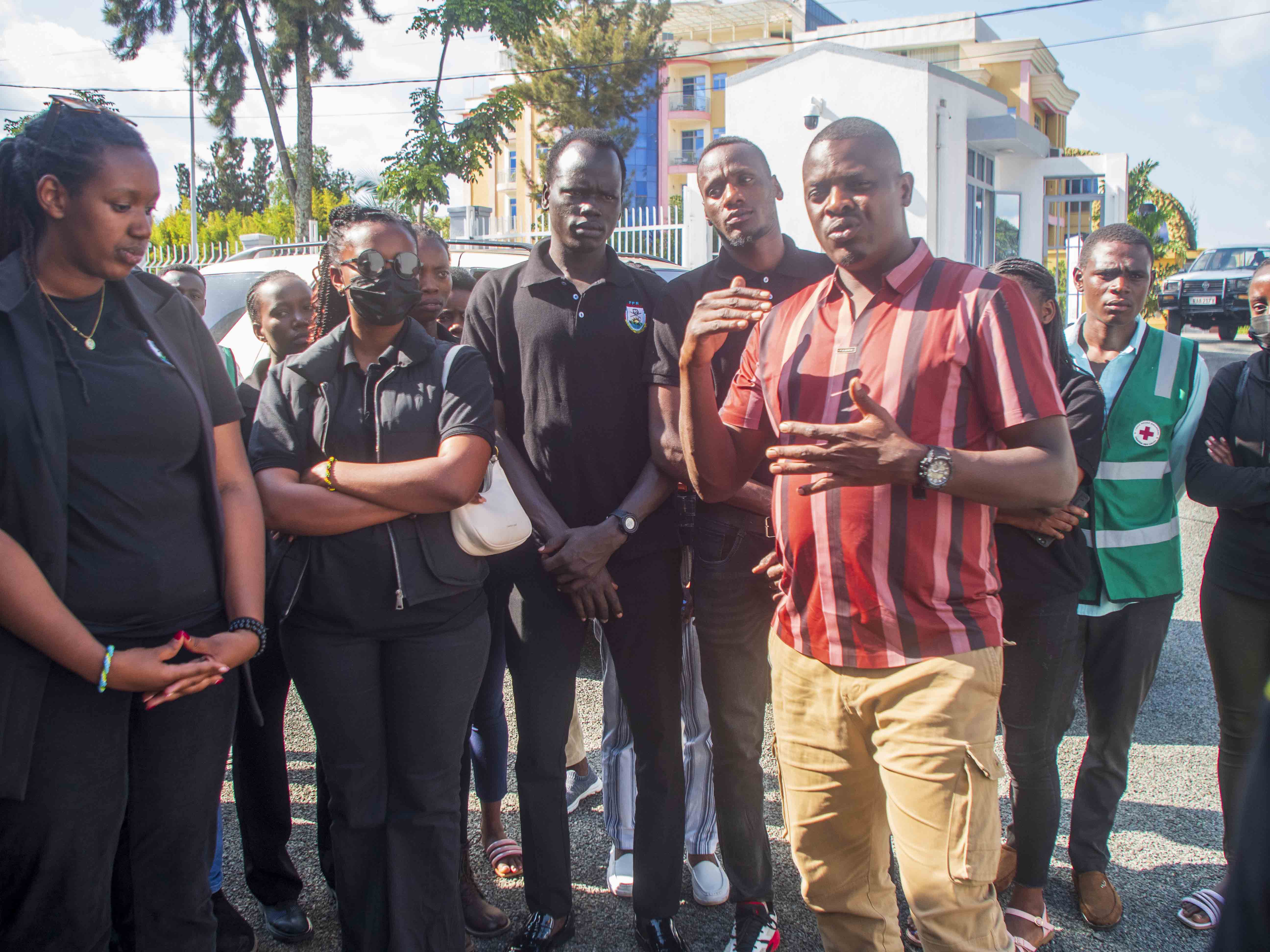 On 11 June 2025, A group of RPF Inkotanyi
members studying at INES-Ruhengeri, along with their staff supervisors, visited
the Court d’ Appeal Genocide Memorial in Musanze District. The visit was
organized to help students better understand the history and causes of the 1994
Genocide against the Tutsi, especially how the justice system at the time failed
to protect innocent people.
On 11 June 2025, A group of RPF Inkotanyi
members studying at INES-Ruhengeri, along with their staff supervisors, visited
the Court d’ Appeal Genocide Memorial in Musanze District. The visit was
organized to help students better understand the history and causes of the 1994
Genocide against the Tutsi, especially how the justice system at the time failed
to protect innocent people.
The group was welcomed by the Vice President of IBUKA Musanze, who explained how the Court of Appeal, a place that was supposed to provide justice, instead became a site where many Tutsis were unfairly arrested, accused of being “ibyitso” (RPF collaborators), and then killed without trial.
One heartbreaking story shared was about Brigitte Umuhoza, the only person known to have survived the killings at the site. She was taken by a gendarme who initially planned to abuse her. Her story shows just how dangerous and cruel the situation was.
The memorial also displays the names of Tutsi staff from the Ministry of Justice who were killed. The speaker reminded visitors that before 1994, Rwanda’s justice system mostly followed colonial rules and did not protect citizens equally. A powerful example was the killing of Maitre Joseph Kavaruganda, the head of Rwanda’s Constitutional Court, who was murdered at the start of the Genocide for standing against the hatred being spread.
The visit also helped students learn about traditional Rwandan values and justice systems that existed before colonialism. These included:
- Itorero: a community school that taught culture, discipline, and patriotism
- Umuganda : a community work day where people came together to help each other
- Gacaca: a local justice system where people solved conflicts within the community
An example was shared of how, in the past, even kings could be held accountable. One man, Semakamba, once took King Rwabugiri to a Gacaca court. The King was found at fault and offered compensation, showing that even leaders were not above the law. This reflected the spirit of fairness and humility that was part of Rwandan culture.
Students also learned that Rwanda’s unity began to break down when Belgian colonizers arrived. They removed King Yuhi V Musinga in 1931, introduced forced labor (shiku), and officially divided people into ethnic groups such as Hutu, Tutsi, and Twa. These were originally social classes based on roles and lifestyles, not ethnicity. The Belgians turned them into rigid categories, which caused deep divisions among Rwandans. They also dismantled important cultural systems like Itorero and weakened the unity that had long held the nation together.
As the Genocide approached in 1994, hateful messages were spread through media channels, especially RTLM radio. One of the presenters, Kantano Habimana, warned people of “something big” happening on April 6–7, which is exactly when the killings began. This shows that the Genocide was not a sudden event, but a plan that was carefully prepared.
The students also learned about Jean Kambanda, Rwanda’s Prime Minister at the time, who later confessed in court that his government had planned and carried out the Genocide. Their goal was the total extermination of the Tutsi population. While they did not succeed completely, the destruction was massive. Across Rwanda, 15,593 Tutsi families were completely wiped out meaning no single member survived. That amounts to 68,871 people, with 922 families lost in the Northern Province alone.
After placing flowers to honor the victims, the students and staff took time to reflect on what they had learned and how it relates to today’s Rwanda. The visit ended with a powerful reminder from the host:
“This country has come from far. It’s our duty to protect it from any return of Genocide ideology or division.”
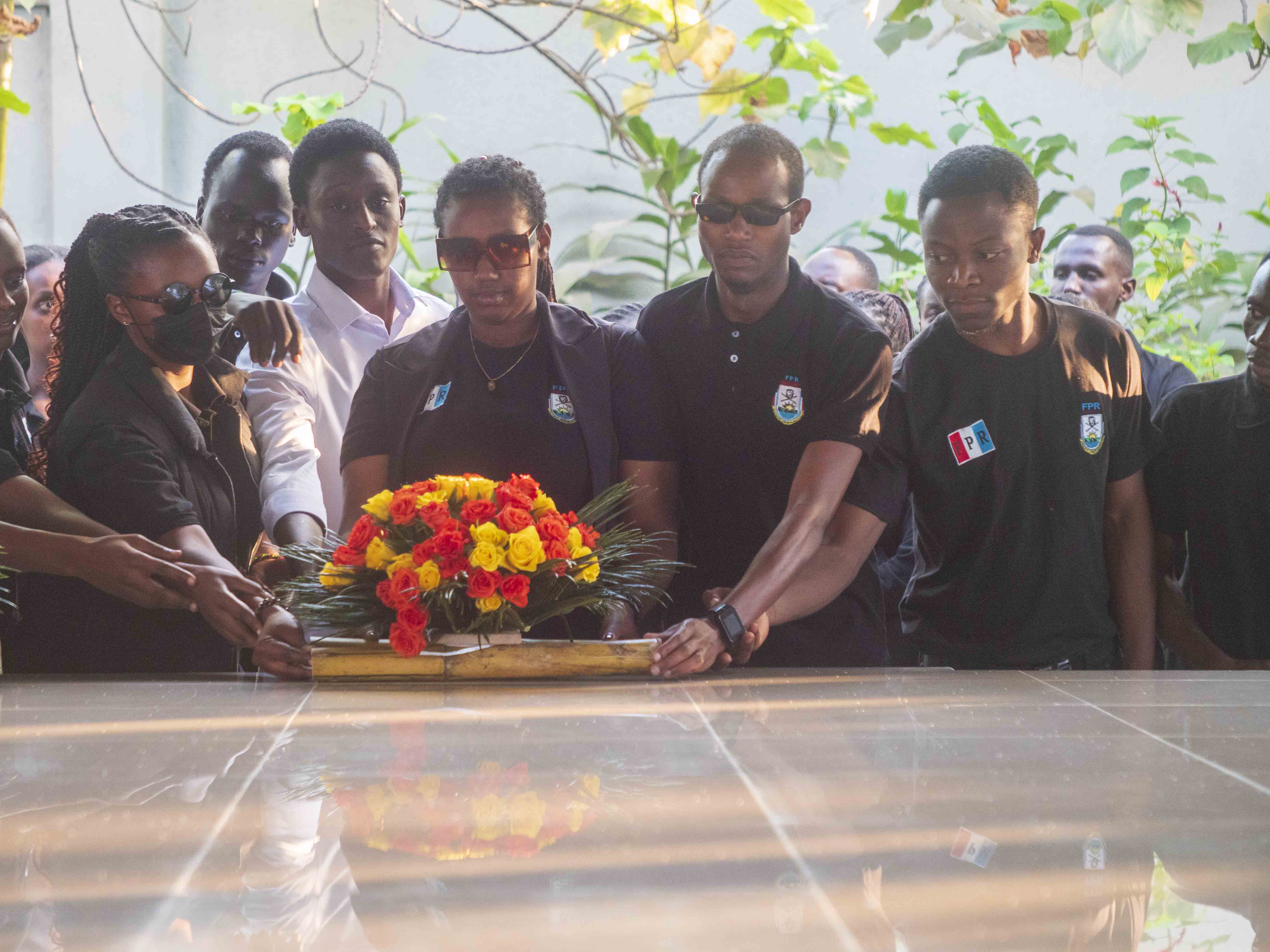
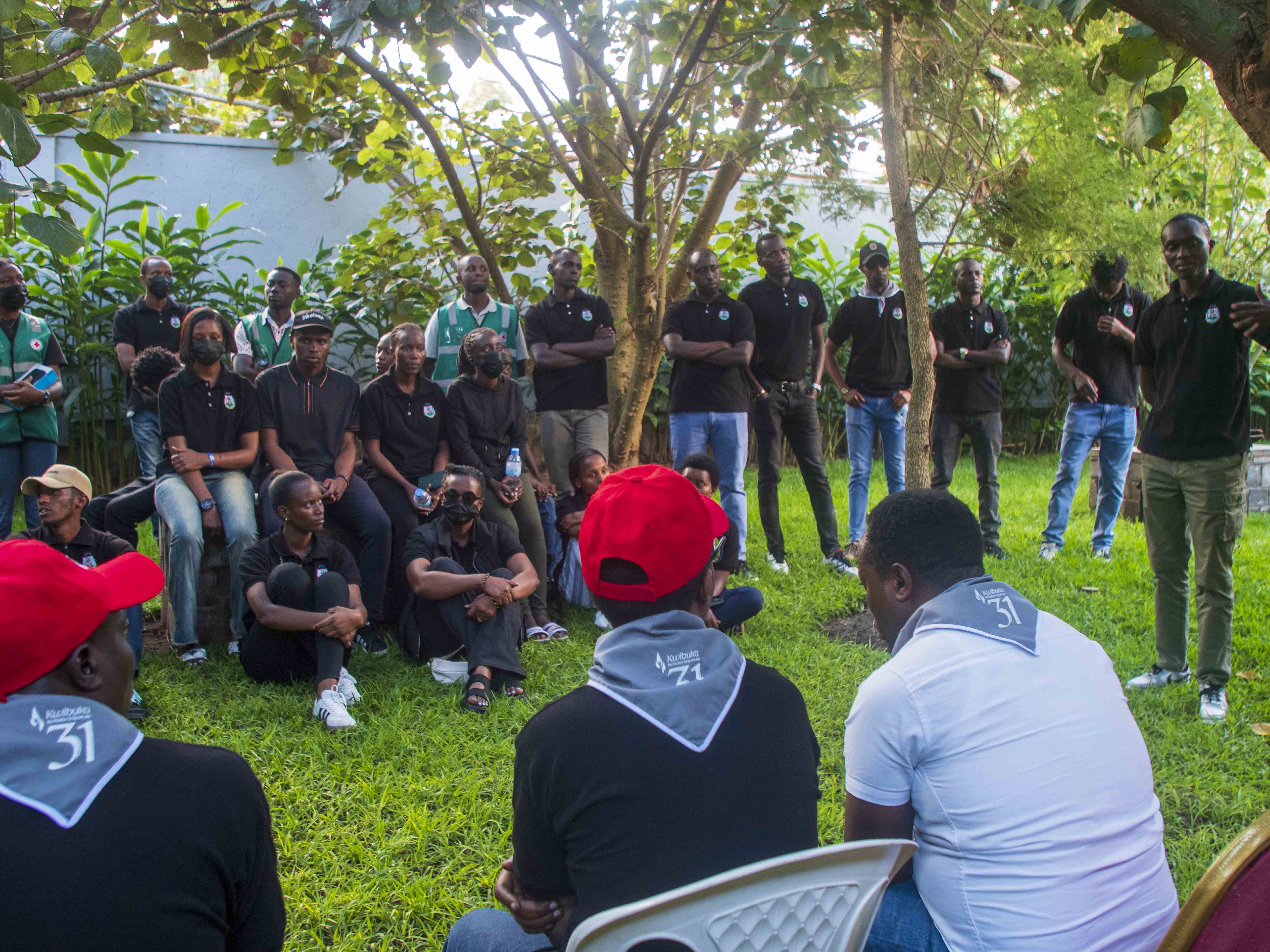
Fr. Dr. HAGENIMANA Fabien, INES former VC, advocates for a crucial shift in education. He proposes …
LEARN NowOn Thursday, 15th December 2022, INES-Ruhengeri, the Institute of Applied Sciences, was celebrating…
LEARN NowFrom March 4 to 6, 2025, a delegation from INES-Ruhengeri participated in the inaugural Multistakeh…
LEARN Now